Environmental Engineering Reference
In-Depth Information
After arbitrarily setting the time window duration at 27 ns, different waveforms
were acquired placing a reflecting steel-made plate in front of the AUT, at a progres-
sively increasing distance (from 1 m to 4 m, with step of 1 m). The steel plate was
placed in the direction of maximum radiation of the AUT (i.e., in front of the AUT).
Then the scattering parameter was evaluated: results are shown in Fig. 6.7.
-5
|
S
11, ref
(
f
)|
no steel pl
a
te
d
= 4 m
d
= 3 m
d
= 2 m
d
= 1 m
-10
-15
-20
-25
840
860
880
900
920
940
f
(MHz)
Fig. 6.7
Scattering parameter measurement with a steel plate placed at distance
d
in front of
the antenna
As expected, as the steel plate is taken far from the antenna, the
S
11
(
f
)
curves
shift towards the curve of the
S
11
(
f
)
when the steel plate is not present. In particular,
the
S
11
(
curve corresponding to a distance of 4 m from the antenna is practically
superimposed to the
S
11
(
f
)
of the antenna in free space: the steel plate seems to
have no effect at all. Indeed, with reference to Fig. 6.2(b) and according to (6.2),
the distance
d
corresponding to a time window of 27 ns (which includes the 2.8 ns-
portion that corresponds to the cable) is approximately 3.6 m.
The interference of surrounding objects can actually be seen directly in the TD.
In this regard, Fig. 6.8 shows the comparison between the TDR waveforms with the
steel plate placed at approximately 1 m from the AUT and without.
The two curves overlap up to approximately 10.4 ns (including 2.8 ns of the ca-
ble): at this point some differences are clearly detectable. Indeed, according to (6.2),
10 ns correspond to a distance of approximately 1 m. This validates the fact that in-
terferences due to the presence of the reflecting objects in an indoor condition may
actually be left out through an appropriate choice of the time window.
Finally, additional measurements were performed comparing TDR waveforms
acquired outdoor (making sure that no reflecting object was around) and indoor. As
expected, both waveforms appear noisy at longer times, but the indoor-waveform
appears corrupted by some additional spurious signals that are definitely attributable
to the reflections from the environment: this effect starts to become relevant for a
corresponding distance of 5 m, which is approximately the distances of the wall in
the room.
f
)


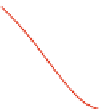







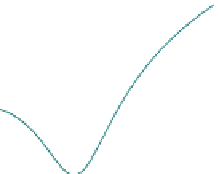






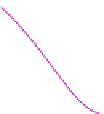
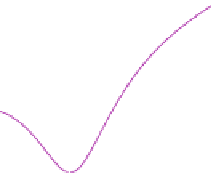





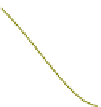
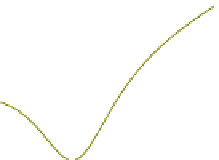







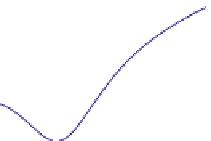




































































































Search WWH ::

Custom Search